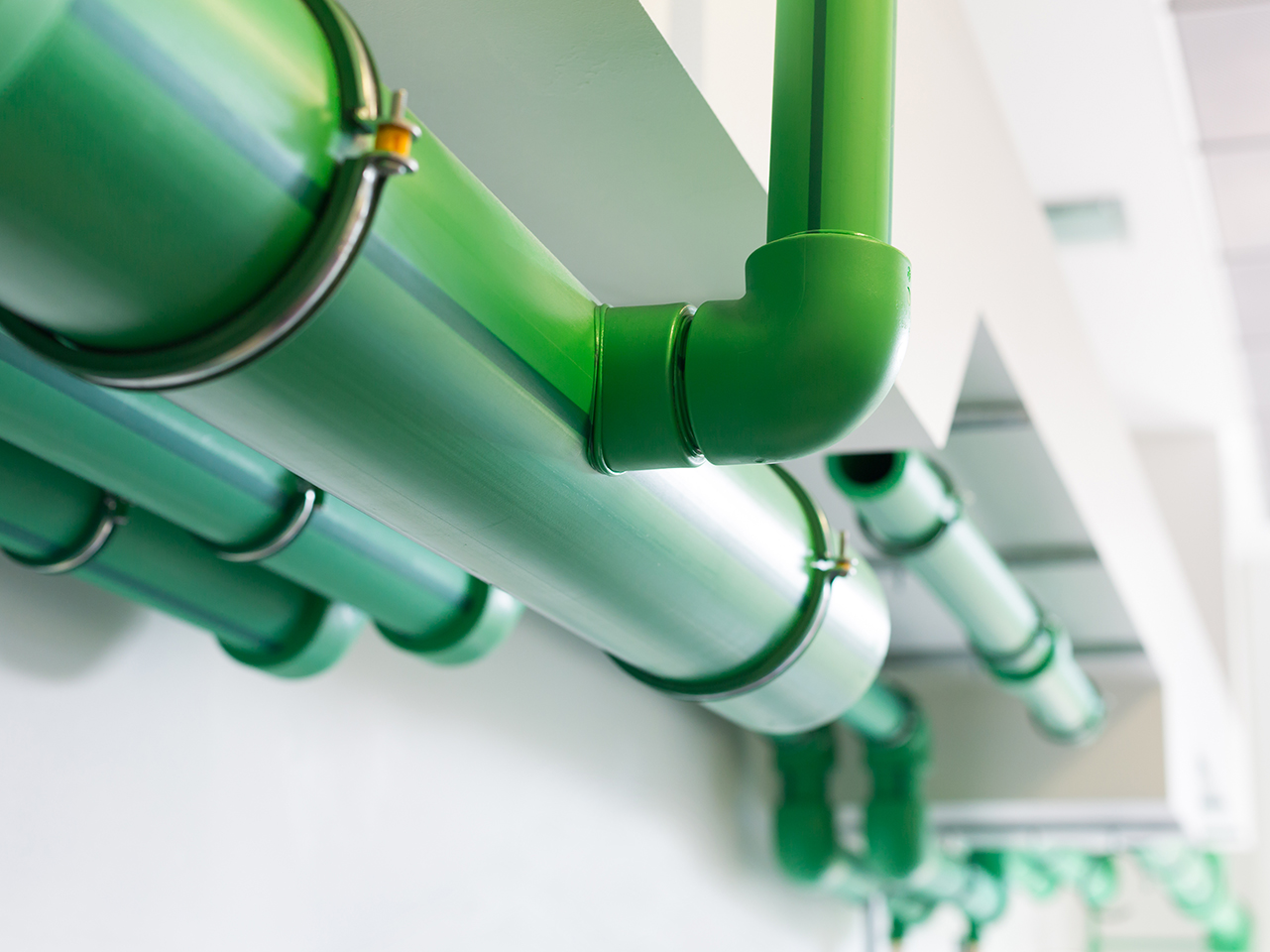Co2 Capture and Storage
VLV, in close cooperation with an International group of companies, carries out feasibility studies for the capture and storage of CO2 for cement and lime plants. In addition, we design and supply EPCM for the entire CCS plant, from CO2 capture, to the transport system and underground storage site, including energy recovery systems, wells and injection plants.
We manage the entire CCS project, from initial design to commissioning and operation of the plant, including CO2 well design, engineering, drilling and CO2 injection.
We are able to conduct commercial feasibility studies to find viable projects for CO2 capture and storage (CCS). We aim to seek and match the best sources of CO2 and absorption points while containing costs, we can design the capture plant, the transport system and the underground storage wells with injection facilities supporting the entire EPCM for CCS projects.

THE FEASIBILITY STUDY
How is it structured?
Assessment of CO2 emissions from lime or cement kilns.
Study and selection of the most suitable CO2 capture options.
Assessment of subsurface characteristics and selection of the closest and safest underground CO2 storage site.
Assessment of time and costs for the EIA procedure and for the licensing of CO2 storage.
For the selected site, the CSS project proceeds with the following steps:
Detailed feasibility study for source (CO2 capture plant) and storage (CO2 injection wells).
Industrial Business plan.
Detailed front-end design (FEED) for the CCS plant, including energy recovery systems and well drilling.
Full support for the entire EPCM process.

Why store CO2?
The excessive emissions of greenhouse gases (GHG) produced by mankind have given rise to a series of climate changes and to mitigate the effects it is necessary to act in order to avoid natural disasters.
However, fossil fuels (coal, oil, gas) will still be needed for decades to come and although renewable energy sources are developing rapidly, they are still insufficient and discontinuous.
In addition, the cement and lime industries cannot avoid generating CO2 from the combustion and calcination process, producing fumes with a concentration that would facilitate capture, as well as the abundant availability of heat from the process, which would further reduce capture costs.
Carbon capture and storage (CCS) are inevitable in order to mitigate climate change and to do so, annual cement emissions will have to decrease by at least 16% by 2030.
Here are the advantages:
Economic advantages for the sale of ETS certificates, or CO2 for EOR.
Possibility to increase production, without increasing emissions.
Image return on CO2-free products.

CO2 capture and simultaneous NOx reduction from fumes.
The profitability of the project is improved by selling the captured CO2 to a nearby CO2-EOR (Enhanced Oil Recovery) project. CO2 has value because the revenue from the sale to oil producers is added to the revenue from the sale of CO2 emission certificates to the market.
